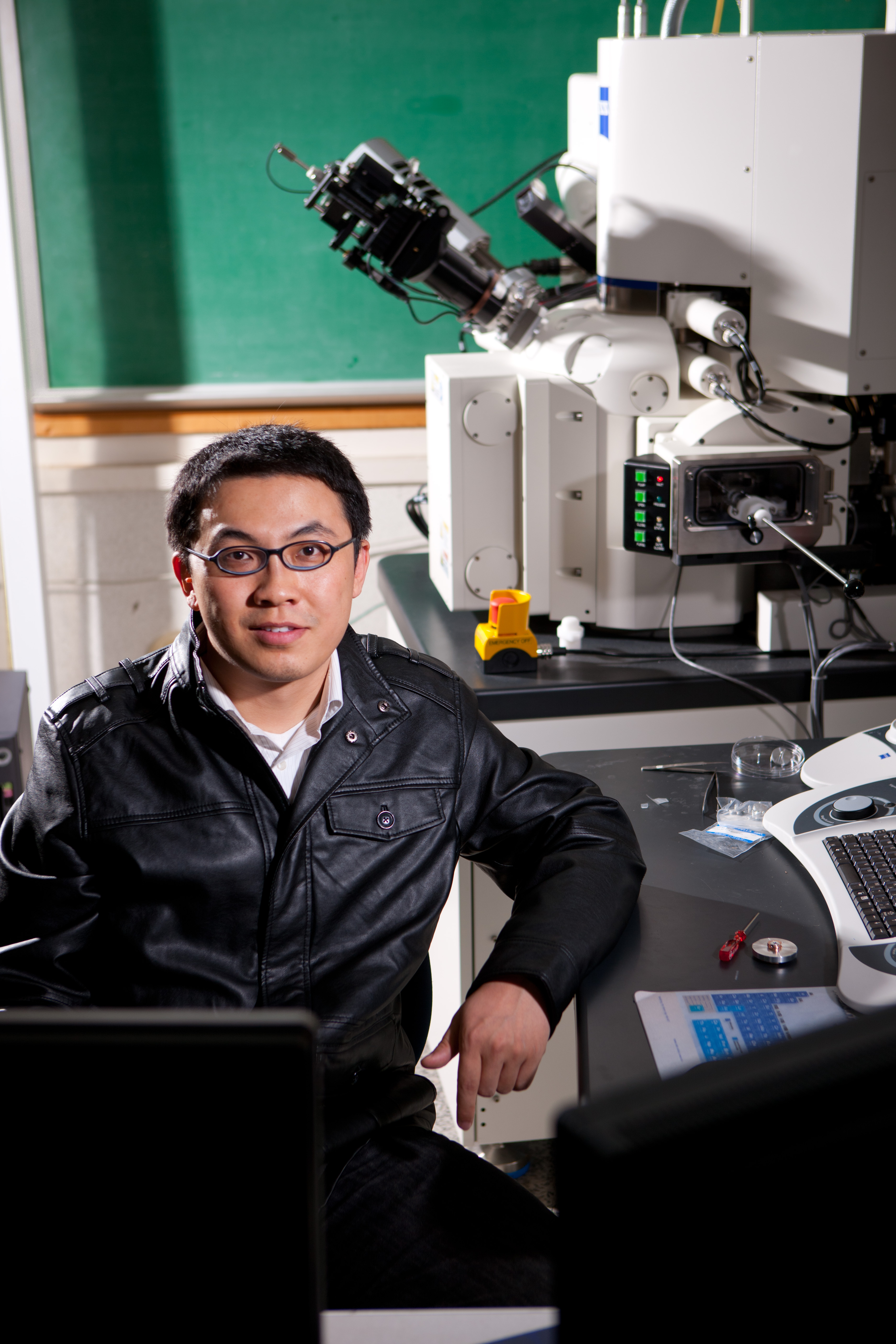University at Buffalo, a school from which I graduated has come out with a shiny new discovery. Well not actually shiny, quite the opposite!

They are basically “developing ultra-thin films that will slow the light and therefore allow much more efficient absorption, which will address the long existing challenge”. In this case the challenge is on the eye of the beholder. It is no doubt the Defense Department can find uses for this new technology. We are excited for two reasons.
First [as mentioned] this is a big advance coming from a school that is not always given the credit it deserves. More importantly this is a fundamental breakthrough for Solar-tech. For years now analysts, investors, and even industry giants have been tempered about the contribution solar can make to the overall energy picture because of the lack of efficiencies. Its true that solar can be a long winded investment, and investors from homeowners to institutional are weary of such investments.
Welcome Qiaoqiang Gan, assistant professor of electrical engineering at University at Buffalo with his latest contribution.
The hyperbolic metamaterial waveguide solves that problem because it is a large area of patterned film that can collect the incident light efficiently. It is referred to as an artificial medium with subwavelength features whose frequency surface is hyperboloid, which allows it to capture a wide range of wavelengths in different frequencies including visible, near-infrared, mid-infrared, terahertz and microwaves.
While no one has actually seen the implications this would have on solar directly yet, it is another notch to help solar become much more accessible, cheap, and efficient to come soon. Our prediction is that 2013 will be a healthy year for solar production, and adoption with help from financing companies like SunRun. It is quite possible that with nano tech like the one described above can allow a residence to affordably invest in their own power.
New Solar technology will also give bigger business the reason to convert. There are many companies with tons of cash like Google that can afford to experiment, and undoubtedly each of these companies has already seen a return on their investment in renewable energy.
Media Contact Information
Cory Nealon
Media Relations Manager, Engineering, Libraries, Sustainability
Tel: 716-645-4614
cmnealon@buffalo.edu
Twitter: @UBScience


